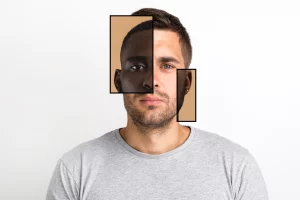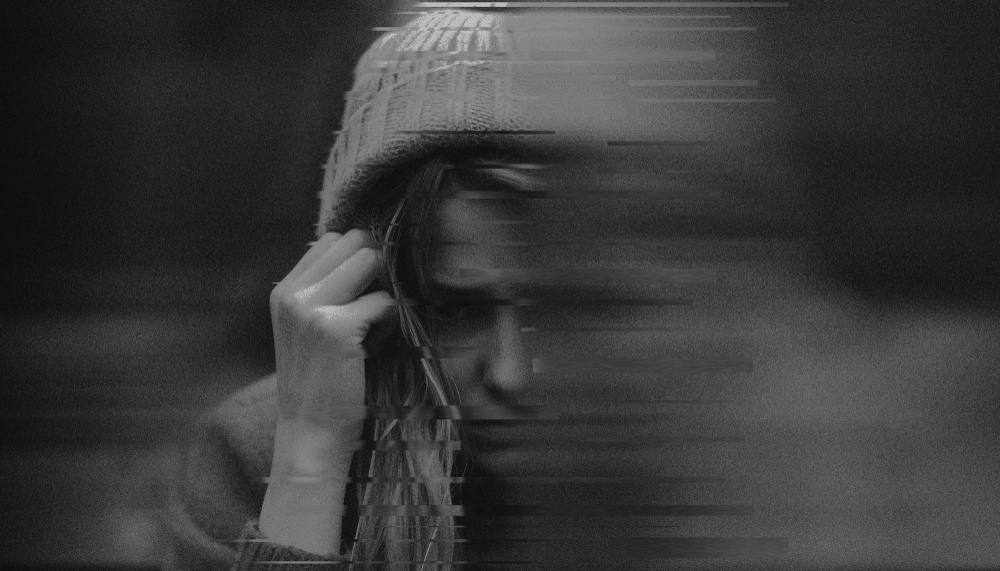What is DeepFake ?
What is deepfake
Reality is not what it seems in the era of digital manipulation. Modern artificial intelligence has given rise to deep fake, which are a powerful force that is changing how we view authenticity and reality. These artificial intelligence- generated visual, audio, and video content may remarkably accurately replace human beings, frequently without the subjects’ knowledge or agreement.
Deep learning methods, namely those utilizing Generative Adversarial Networks (GANs), are the source of deepfakes. Deepfake technology precisely mimics the facial expressions, gestures, and even vocal subtleties of specific individuals by training algorithms on large datasets that include audio-visual materials of those individuals. The end effect is a disconcerting simulation that makes it difficult to distinguish between fact and fiction.
However, under their well-polished appearance comes a potentially hazardous possibility: the spread of incorrect information passing for genuine.

Background of Deepfake Technology
Originating from the development of photo-editing software such as Adobe Photoshop, deep fake artificial intelligence gained popularity in the middle of the 2010s due to the combination of low-cost computer power, large datasets, and advances in machine learning and artificial intelligence. The crucial breakthrough was Ian Goodfellow’s creation of GAN in 2014 (Researcher at the University of Montreal). GAN is the heart of Deep fake. Later in 2017, a Reddit user named “deep fakes” released a plethora of viral deep fake films and face-swapping tools.
Functioning of Deepfake Technology
Deep fakes employ two algorithms: a generator and a discriminator. The generator produces fake content based on desired output, while the discriminator assesses its realism. Through iterations, the generator refines its output, while the discriminator enhances its ability to detect flaws. This process forms a generative adversarial network (GAN), which learns patterns from real images to create convincing fakes.
For deep fake photos, a GAN examines the target from various angles, capturing details. In videos, it analyzes behavior, movement, and speech, refining realism through multiple passes of the discriminator. Deep fake videos either manipulate original footage of the target or swap their face onto another’s, termed face swap. Other technologies that are required for the functioning:
- Convolutional neural networks (CNNs) are used for movement tracking and facial recognition, among other tasks, since they can analyze visual patterns.
- Autoencoders recognize pertinent features from a target, including body language and facial emotions, and then overlay them into a source video.
- Deep fake audio is produced using Natural Language Processing (NLP), which analyses the speech characteristics of a target and generates original text in response.
- The significant processing power required for the development of deep fakes is provided by high-performance computing.
Threats of Deepfake
By putting targets in risky circumstances, deepfakes present some risks, such as blackmail and damage to one’s reputation. Along with stock manipulation, fraud, and election meddling, they are also used for political disinformation. False evidence manufacture can impact judicial situations, and blackmail frequently involves non-consensual deep fake or revenge porn. Phishing entails using someone else’s identity to acquire private data. Deep fake films are used by disinformation and political manipulation to propagate false information, confuse people, and change public opinion.
Forged deep fake materials are used to manipulate stock prices by influencing them. This kind of malicious manipulation can cause serious harm, erode trust, and undermine the integrity of online content.
Detection of Deep fakes Video Manipulation
- Visual analysis examines the visual components like facial expressions, movements, and lighting.
- Audio analysis detects tampering by identifying changes in tone, pitch, or background noise. Metadata in digital files can identify tampering.
- Machine learning models can detect deep fakes.
- Blockchain technology is used to verify the authenticity of media content by tracking its source and editing history.
- Reverse engineering analyses the algorithms or processes used to create deepfakes.
- There are software programs that detect deep fakes. a thorough examination. For example, Operation Minerva, Sensity.
In India, Section 66E of the Information Technology Act, 2000 (IT Act) applies to cases of deepfake crimes. These crimes involve the capture, publication, or transmission of a person’s images in mass media, thereby violating their privacy.
Deep fake technology is being used to create videos for various purposes, including influencing elections and spreading disinformation. Even famous people like Facebook founder Mark Zuckerberg, Former President of America Barack Obama, and other celebrities from all industries have been targeted by deep fake videos.
However, there is a potential for misuse of this technology for propaganda purposes. The prevalence of deep fake technology highlights the growing need for comprehensive awareness or training in cybersecurity, emphasizing the critical importance of understanding and combating digital deception and manipulation.
Deepfake deceit can affect anyone, including public leaders and celebrities, reducing confidence in digital media.









